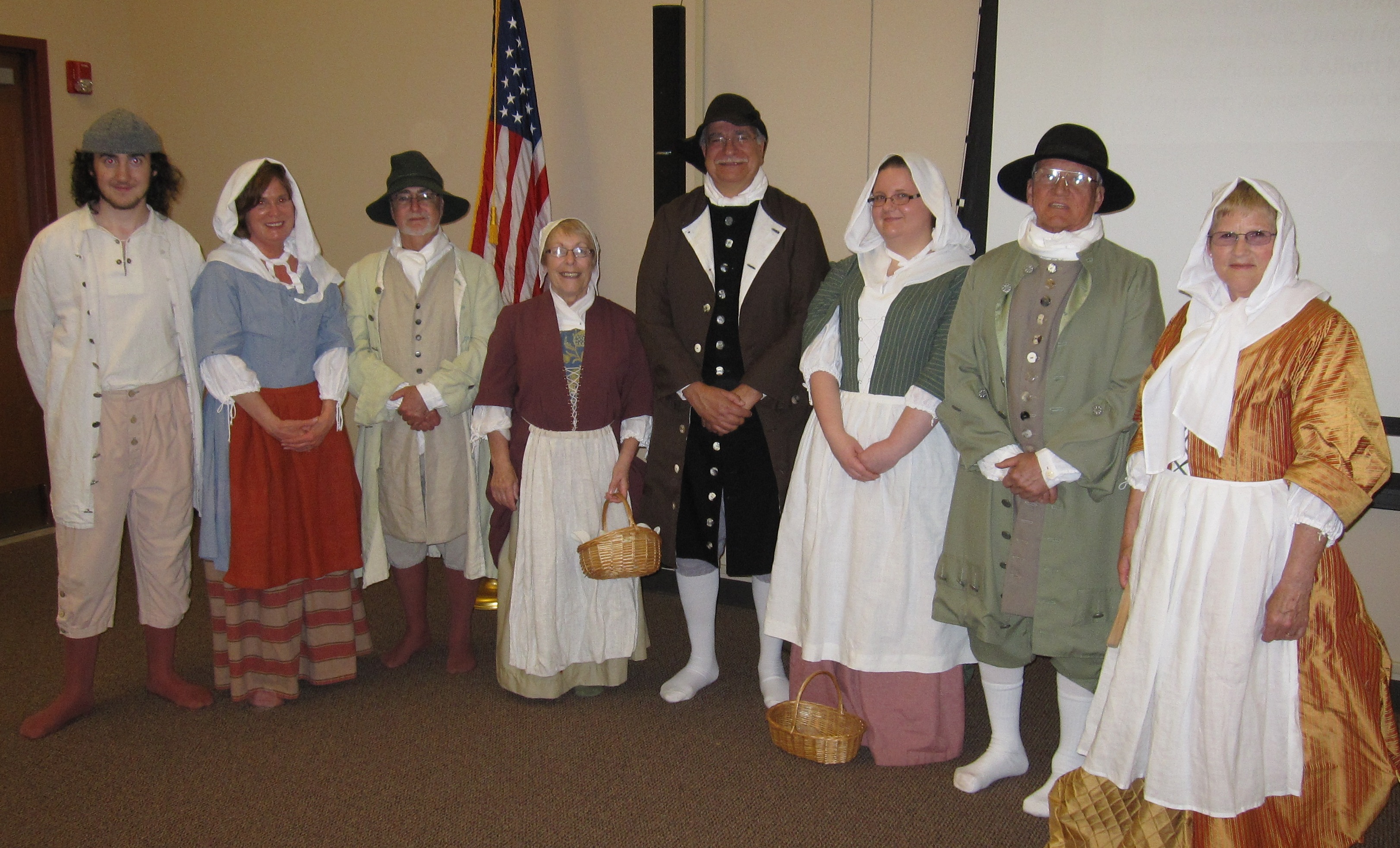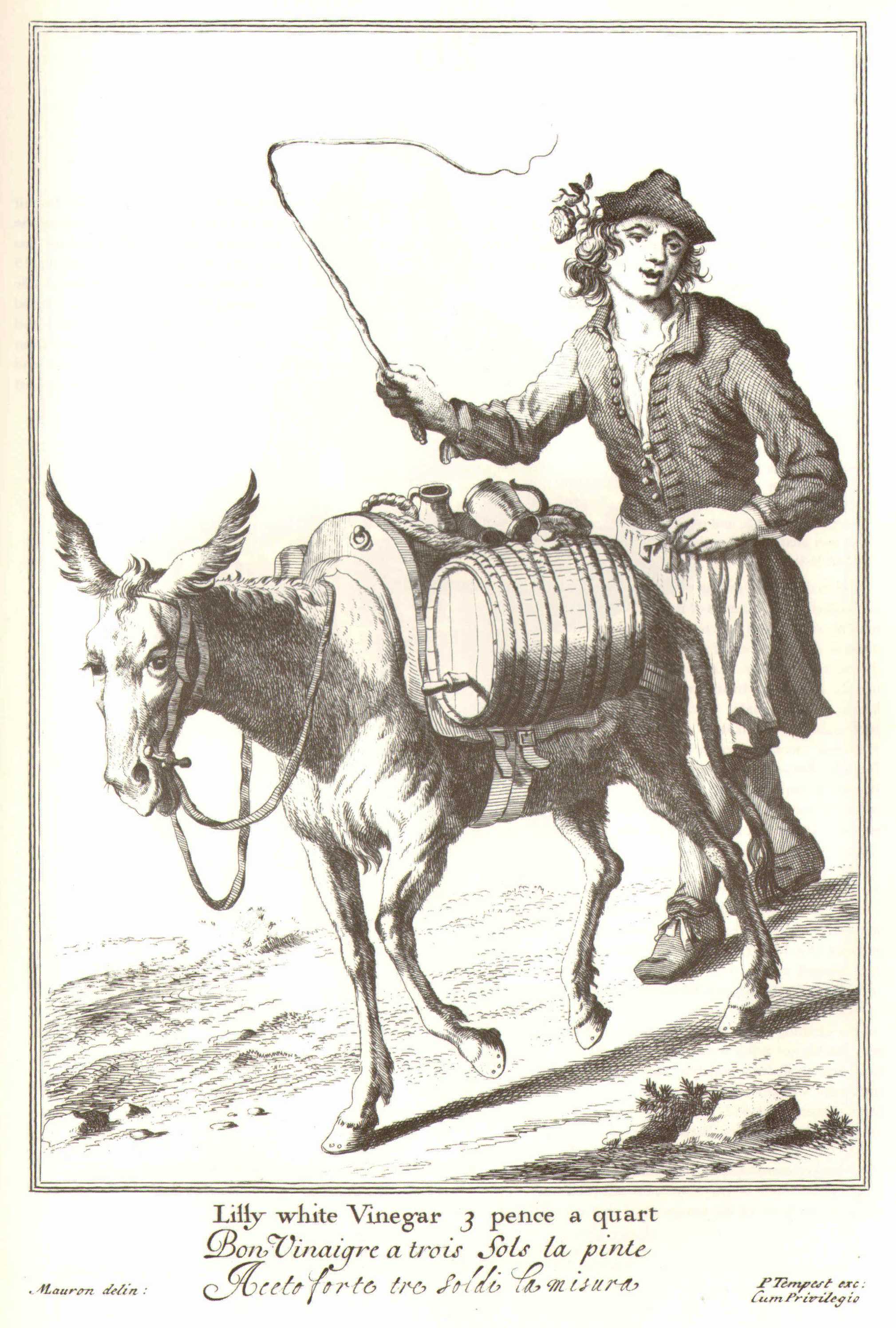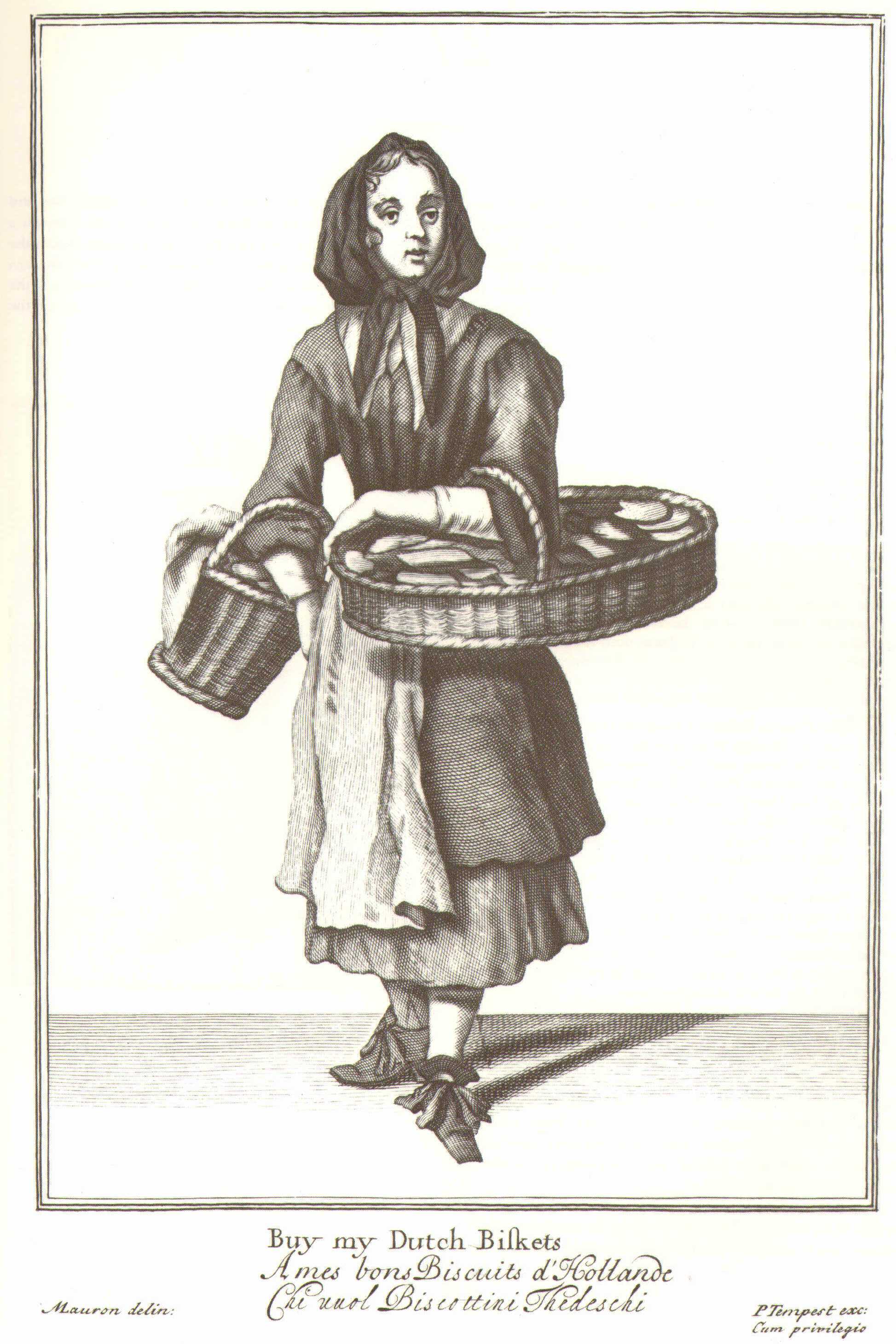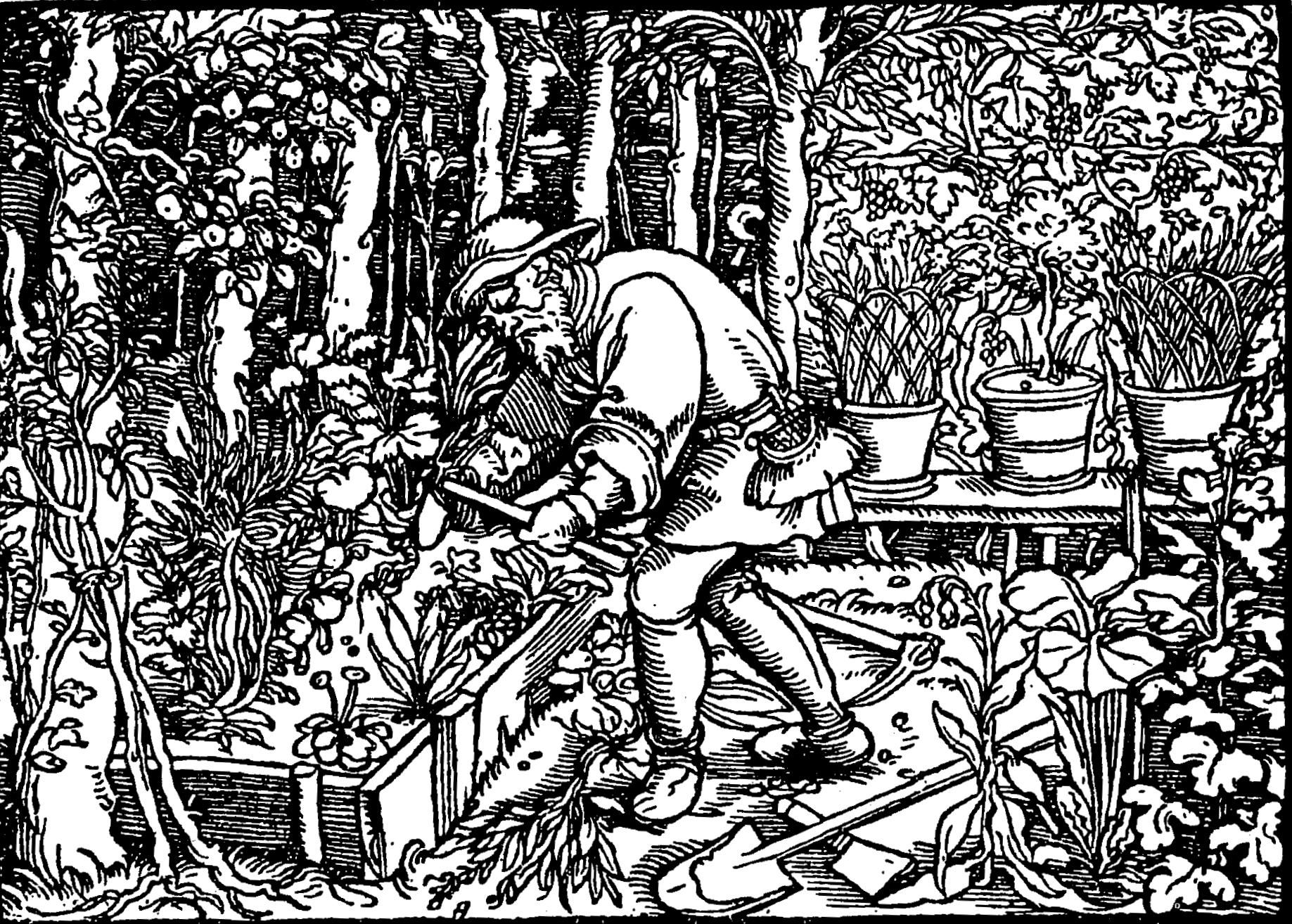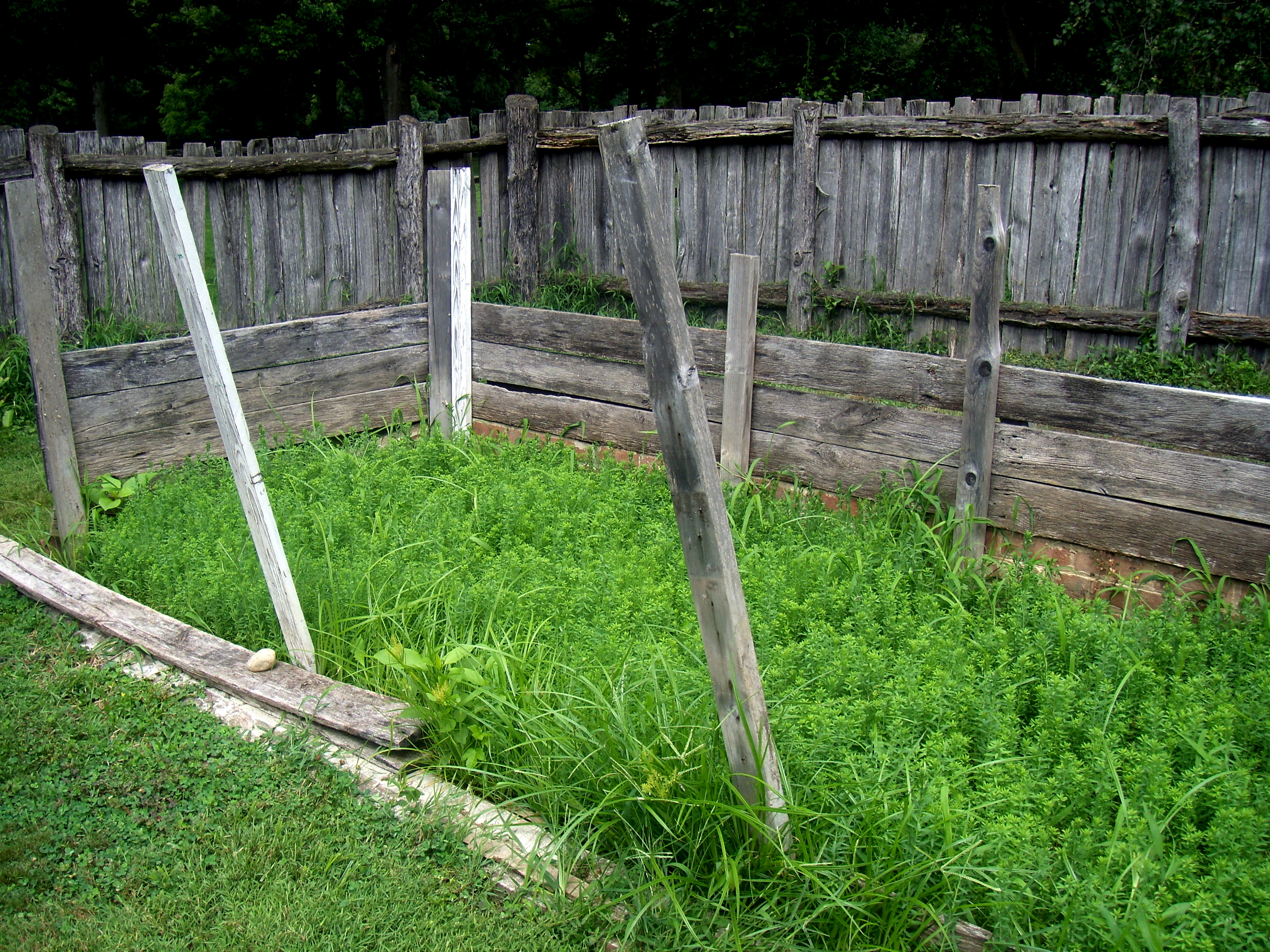About a month has passed since our 17th-Century Fashion Show, and we had such an amazing time! A HUGE thank-you goes out to our lovely volunteer models (L-R) Mike Thomforde, Maggie Brosz, Joe Long, Valerie Long, Steve Ringel, Melissa Dill, Ron Matlack, and Judith Kirby. Don’t they look great??
I finally have some time to begin sharing what was discussed during the program. We covered so much about the evolution of clothes in the 17th century, but what I want to highlight most is the diversity in society. I previously posted a teaser of these various styles, and it’s an important step in the evolution of our living history programs. Fashions changed not just for the aristocracy, but all the lower classes as well. A colorful range of people would have lived and worked in colonial Pennsylvania, and we strongly believe all those people should be represented at Pennsbury Manor. This includes showing the variations in their wardrobe!
So today we begin with the lower class of residents at Pennsbury: the Laborers. Whether you were plowing the field, tending the kitchen garden, or churning butter in the dairy, your clothes needed to be practical. Below you see Mike and Maggie modeling appropriate ensembles. Compare them with the 17th-century drawings by Marcellus Laroon, which depict the poor street cryers in late 17th-century London.
Outdoor laborers would have needed to dress for the weather and conditions required of their jobs. While they might have a better set of clothes for Sundays or special occasions, out in the fields their attire had to be sturdy and comfortable. Mike is modeling a shirt, coat, and breeches which are all linen and obviously too big to be made for him specifically. He could have received hand-me-downs or bought clothes secondhand from a street cryer or ready-made from a store. His monmouth cap was a universal style worn by land laborers and sailors alike for centuries. If performing a dirtier job, he would don an apron like the one seen below on the vinegar-seller.
Just like Mike, Maggie is dressed to tackle the hard jobs all laboring women would face depending on the season. She might spend her days washing clothes, tending the Kitchen Garden and animals, brewing beer, or preparing meals at the hearth. The older style of short gown, rather than the more recent mantua style (seen in a previous post), would have been safer for working around fires and less cumbersome when laboring in the garden or stable. Her apron is made of a spare piece of rough linen and kerchief tucked into her bodice and out of the way. The only sign of fashion is the striped linen petticoat.
**You might be wondering why our models don’t have any shoes on in these pictures? That’s because we haven’t been able to afford any. We are fundraising to purchase reproduction shoes, because an interpreter in sneakers ruins the whole atmosphere created by historical dress, am I right? To help out, you can visit our official website www.pennsburymanor.org and click the “Donate Now” button at the bottom.**
Written by Hannah Howard, Volunteer Coordinator

